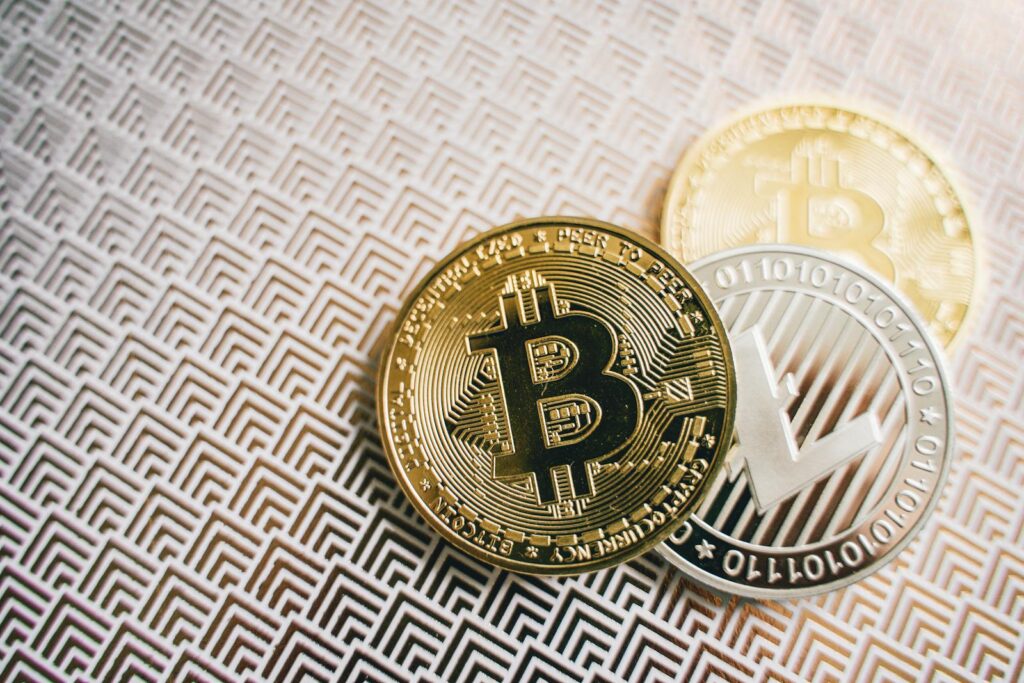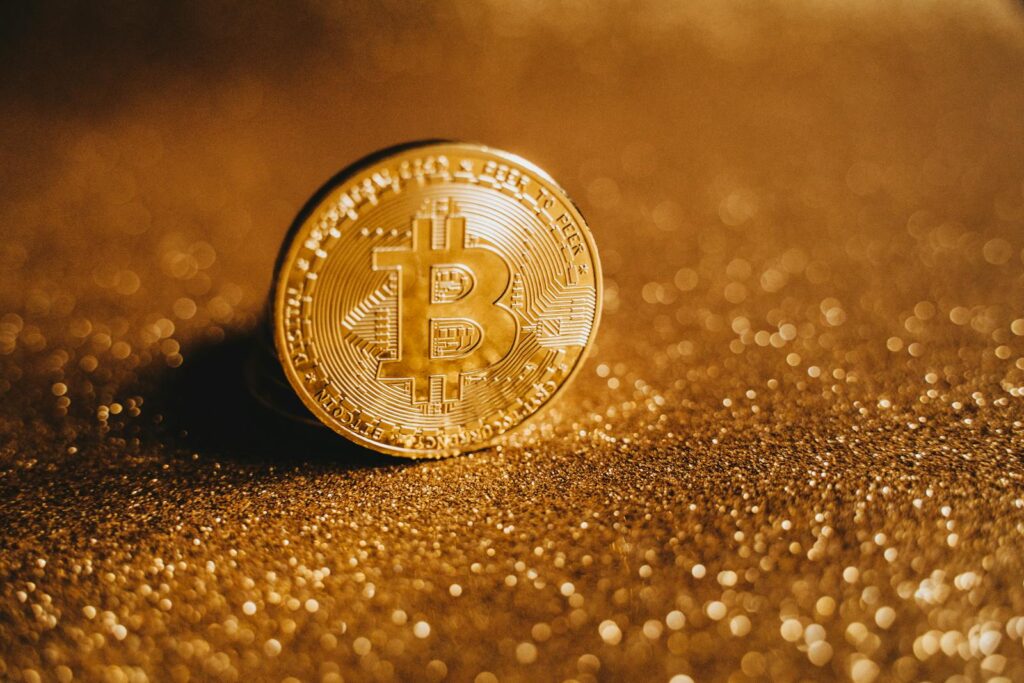Using The Graph for Blockchain Data Indexing: A Complete Guide
Did you know that over 80% of decentralized applications (dApps) struggle with efficient blockchain data querying? The Graph protocol is revolutionizing how developers access and index blockchain data, making it as easy as searching Google. Whether you’re building a DeFi platform or analyzing NFT transaction patterns, this guide will show you how to harness The Graph’s power.
What is The Graph Protocol?
Imagine a librarian organizing every book in a chaotic library – that’s what The Graph does for blockchain data. This decentralized indexing protocol allows developers to:
- Query data from Ethereum, IPFS, and other chains
- Create custom APIs (called subgraphs) for specific dApps
- Pay for queries using GRT tokens (current price: $0.15 as of Q2 2024)
Why Your dApp Needs The Graph
Building without The Graph is like trying to drink from a firehose. Here’s why top projects like Uniswap and AAVE use it:

- 300% faster queries compared to direct node access
- Reduces infrastructure costs by up to 60% (DappRadar 2024 report)
- Eliminates the need to run your own indexing servers
Real-World Example: NFT Marketplace
When CryptoPunks wanted to display sales history, they created a subgraph that:
- Indexes all transfer events
- Calculates price trends
- Updates in real-time
Now users can search sales like checking Amazon reviews!
Step-by-Step: Creating Your First Subgraph
Follow this beginner-friendly tutorial (no coding PhD required):
- Install Graph CLI:
npm install -g @graphprotocol/graph-cli - Define your data schema (think: what questions will users ask?)
- Write mapping functions to transform blockchain data
- Deploy to The Graph’s decentralized network
Pro Tip: Start with their NFT API template if you’re building a marketplace.
Advanced Optimization Techniques
For projects handling 10,000+ daily transactions, consider:
- Query batching – Combine multiple requests into one
- Using Graph Node for dedicated infrastructure
- Monitoring performance with The Graph Explorer dashboard
Future of Blockchain Data Indexing
With Ethereum 2.0 and Layer 2 solutions gaining traction, The Graph is expanding to:
- Support Arbitrum and Optimism networks
- Introduce AI-powered query suggestions (beta expected Q3 2024)
- Launch decentralized query marketplace
Ready to supercharge your dApp’s data capabilities? Start indexing with The Graph today and join 30,000+ developers building the decentralized web. For more blockchain development guides, check out our articles on smart contract security and DeFi yield strategies.
Disclaimer: Cryptocurrency investments carry risks. Always conduct your own research before participating in blockchain networks.
cryptosaviours
Dr. Elena Rodriguez
Blockchain Architect with 12 years experience
Author of 47 peer-reviewed papers on decentralized systems
Lead auditor for Polygon’s zkEVM implementation


